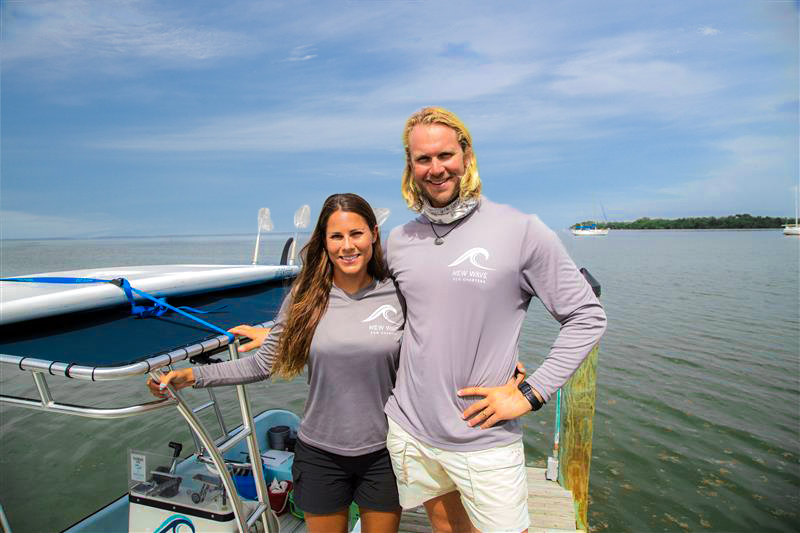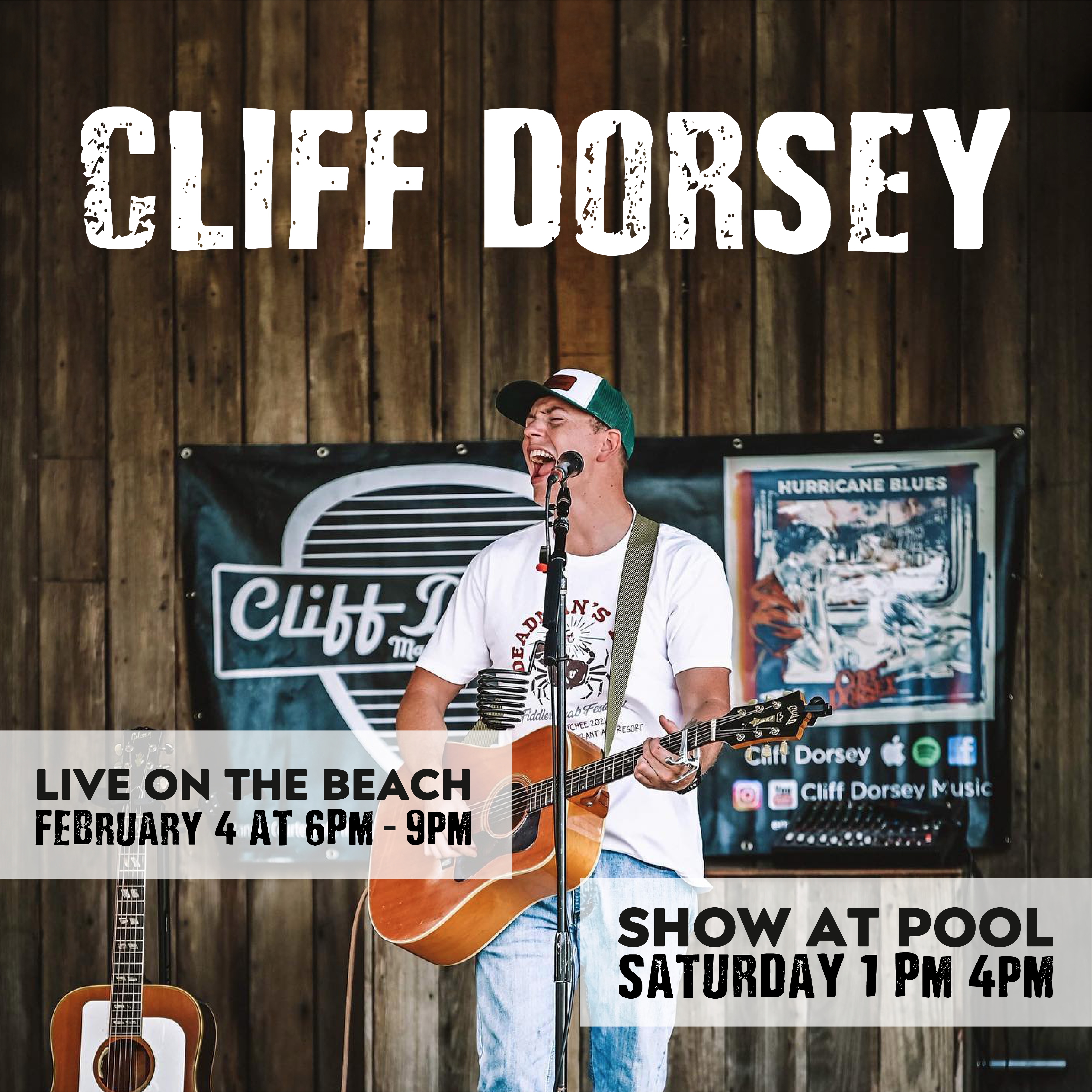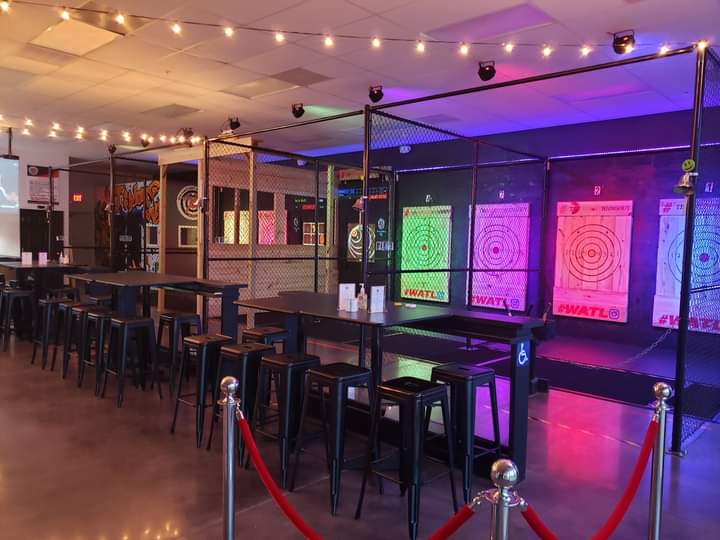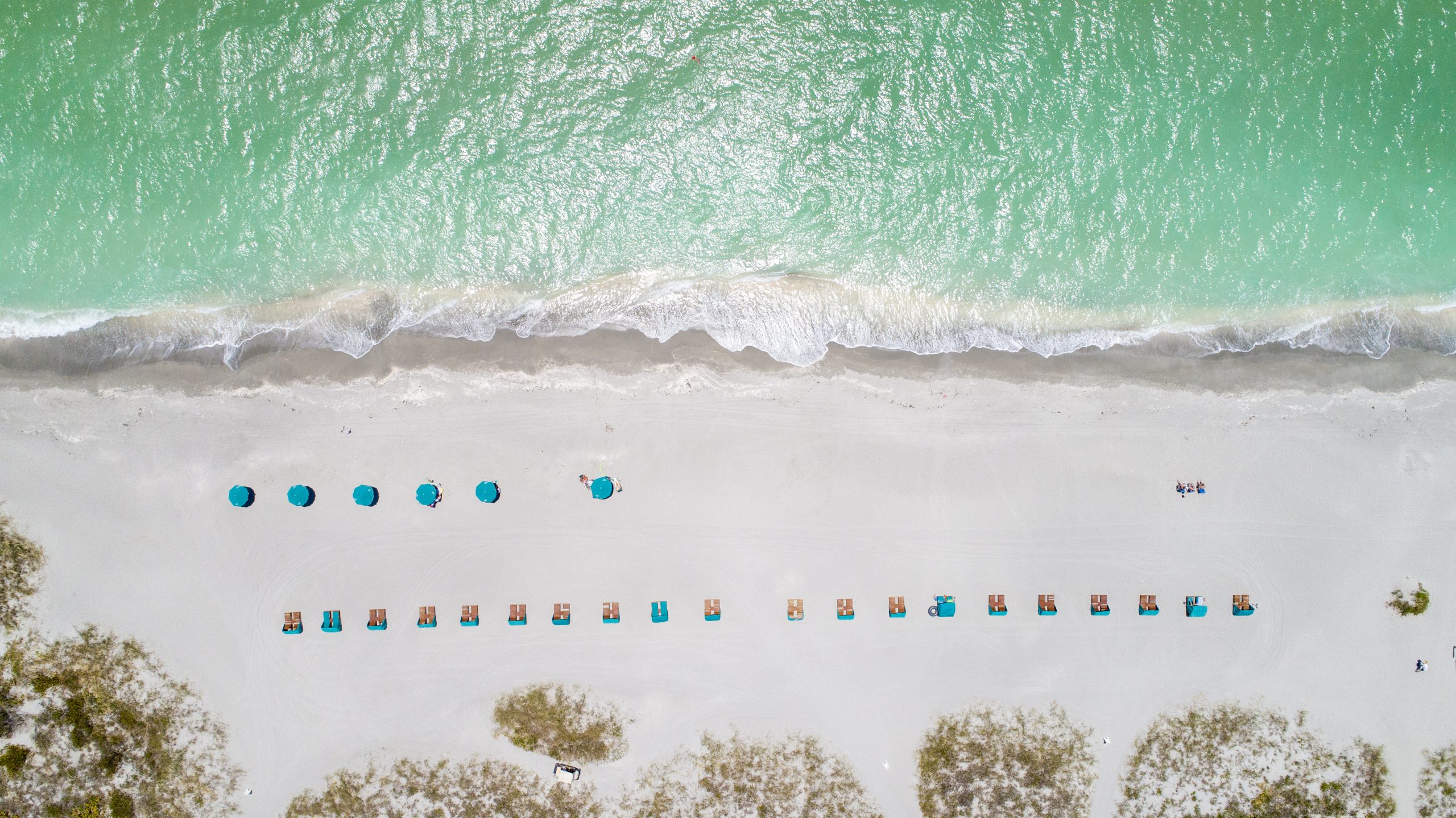The Banzai Pipeline at Oahu. The massive swells off the coast near San Francisco. The sandy point breaks along Puerto Escondido in southern Mexico.
They’re among the world’s premier spots for surf enthusiasts.
But in case you hadn’t noticed, the island of Captiva isn’t included.

In fact, waves over a recent five-day stretch rarely exceeded “flat” or “1-2 foot” status, according to www.SwellInfo.com, and even when they did it was only to a waist-high 2-3 feet until winds settled back into their typical 5-10 miles per hour range.
Still, for those looking to indulge an inner Laird Hamilton on a smaller scale, there are options.
Toward that end, allow me to introduce “skimboarding.”
For those uninitiated, it’s a sport in which a “skimboard” – similar to a surfboard but smaller and without fins – glides across the water to meet an incoming wave and ride it back to shore.
It originated in Southern California, when Laguna Beach lifeguards wanted to surf local shore breaks that were too fast and shallow for surfboards.
And all that’s necessary for the TWI version, too, is a board and a beach.
That’s where the resort’s partners at Yolo Watersports – just moments away at 11534 Andy Rosse Lane – come in. Yolo offers rental boards in a variety of sizes, accommodating up to 175 pounds, but the general rule is that the ideal skimboard roughly stretches up to mid-chest height on its rider.

Larger boards are faster but will not maneuver as rapidly. Meanwhile, smaller boards tend to be more agile but slower. Thickness plays a crucial role, too, because thicker boards will glide better but won’t turn as well because they lack responsiveness.
Of course, if you’re as new to the activity as I was… it won’t matter.
You will fall down. A lot.
Why? Because just like riding a bicycle, learning how to balance on a skimboard is best done while the board is in motion, not standing still, which means each tumble gets you a step closer to mastery.
And unlike riding a bicycle, clumsily falling onto sopping wet sand is far more amenable to the head, knees and backside than plummeting onto a concrete sidewalk or a pockmarked roadway.
The basics from there are, well… pretty basic… depending on the experience you seek.
The best setting for skimming across sand is a flat beach, while beaches with more pronounced slopes are better for wave skimming. Also vital to the endeavor is a dedicated pre-skim stretching session to avoid the embarrassment of pulled muscles along with the requisite bumps and bruises.
A bit of 49-year-old advice, friends… don’t sleep on the pre-skim stretching.
Anyway, practice by leaning over and lowering the board six inches from the ground. From there, push the board across moistened sand – parallel to the shoreline – and rise up as you chase it and ultimately run onto its surface one foot at a time, subsequently bending your knees to complete the slide.
The more you try the move, the better you’ll get (trust me!), until you can do it in one step with full alacrity. Or at least something resembling alacrity. Let’s call it a step past sluggishness.

When you arrive, accept the affections of your adoring crowd.
And, now that you’re officially Hang-10 certified, there’s only one move left to perfect…
Board drop.




